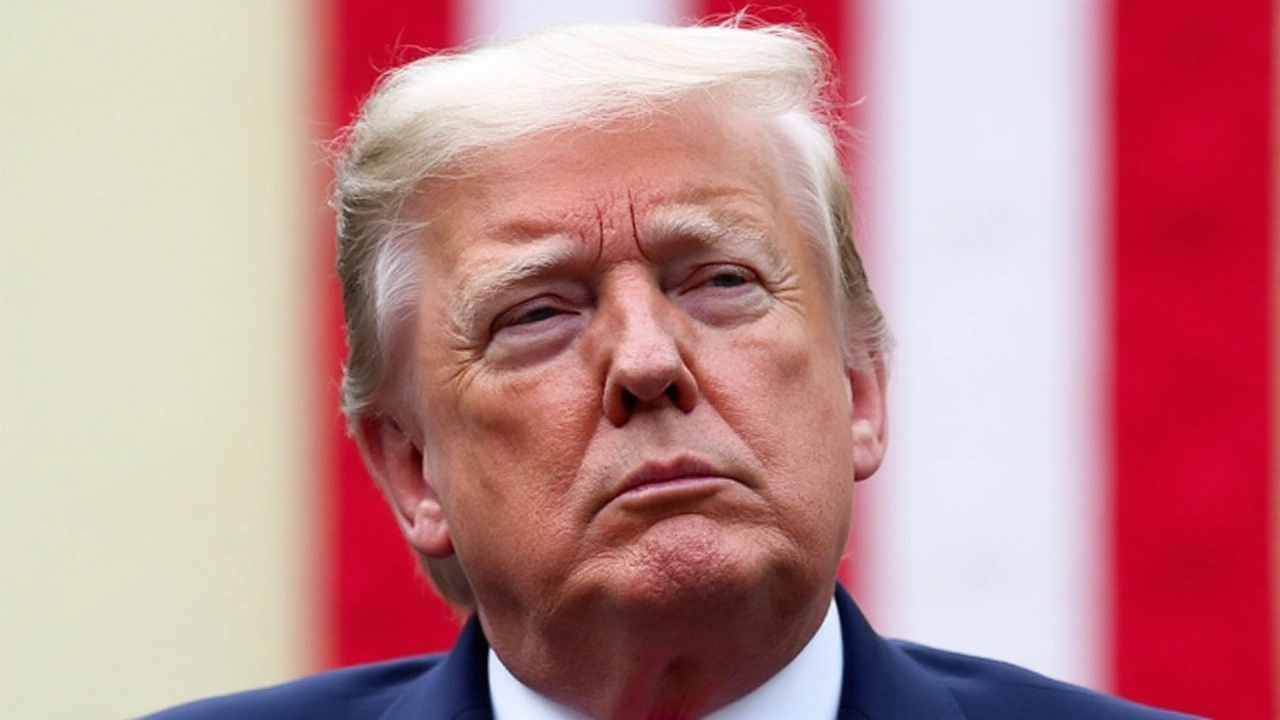A flattering setup before high-stakes talks
On the eve of the Trump Putin summit in Alaska, Fox News Radio host Brian Kilmeade opened his interview with a compliment instead of a challenge. He told Donald Trump he’s a “big athlete,” using that flattery to pivot into questions about how the president was visualizing Friday’s meeting with Vladimir Putin. It was a soft warm-up before a hard problem: how to stop a war now in its fourth year.
The schedule is tight. Trump spoke with top officials on Thursday about the agenda and logistics, then boarded Air Force One. To reporters on the plane, he kept the message simple: “the war’s got to stop and the killing’s got to stop.” At roughly the same time, the Kremlin released a brief video of Putin calling the U.S. push “quite energetic and sincere” and saying Washington was seeking “agreements that are of interest to all parties involved.”
Alaska gives both sides a practical meet-in-the-middle setting. It’s close to Russia, easier on travel and security, and symbolically neutral enough to sell at home. What matters is not the venue, though, but the shape of any talk about halting the fighting, and whether the two leaders can move beyond statements into something verifiable.
Kilmeade’s framing—praising Trump’s physicality, comparing diplomacy to reading a play before it happens—fits a pattern of friendly interviews the president has often enjoyed on Fox platforms. It makes for easy radio. It also leaves open the tougher questions that will hang over Friday’s session: where a line of contact might be drawn, what guarantees would keep it from collapsing, and who would enforce it.
The White House has not listed formal proposals. There’s chatter online and in commentary that Trump could dangle “access to U.S. resources” as part of a broader trade-off. No evidence has surfaced to back that up, and no officials have detailed concessions of that kind. In practice, U.S. sanctions on Russia are layered and, in many cases, backed by Congress. Any rollback would be complex, slow, and intensely scrutinized.
For Kyiv, the stakes are obvious. Ukraine has sought full restoration of its territory, real security guarantees, and a plan for reconstruction and justice. Moscow, for its part, has tried to lock in battlefield gains and push for sanctions relief. Those starting points are far apart. A ceasefire that “freezes” the map could reduce deaths fast, but it also risks baking in a conflict that flares later. A more ambitious deal would require inspections, monitors, and a clear path for prisoner exchanges and civilian returns.
Alaska also offers a chance to carve out smaller, practical steps if a broad ceasefire is too heavy a lift. Think about de-confliction lines to prevent accidents, safety measures around nuclear sites, and grain export corridors that keep food prices stable. Those pieces do not end a war, but they lessen the harm.

What to watch when the two leaders meet
Here are the signposts that will show whether the session is substance or stagecraft:
- Words in any joint line: Is it a “ceasefire,” a “pause,” or a “pathway to talks”? Each term signals a different level of commitment.
- Verification and timelines: Do they mention monitors, reporting, or a schedule for next steps, even if broad?
- Humanitarian moves: Prisoner exchanges, evacuations, and corridors can be agreed quickly. If those appear, it suggests working-level channels are active.
- Nuclear safety: Any reference to the Zaporizhzhia plant or IAEA coordination would be a concrete confidence-builder.
- Sanctions language: Vague talk about “conditions” is normal. Specifics about relief would be far more significant—and far harder to deliver.
- Ukraine’s role: Do the leaders describe Kyiv as a direct party to future steps, or simply a subject of them? Inclusion matters for durability.
Domestic politics will press in from both capitals. In Washington, any move that looks like rewarding aggression will face heavy pushback. The administration also has to balance support for Ukraine, alliance dynamics with NATO, and the reality that Congress controls the purse strings for long-term aid. Even the most carefully worded framework would need sustained funding and bipartisan tolerance to hold.
In Moscow, the optics are different but the pressures are real. The Kremlin needs to show that talks bring results it can point to at home, even if only symbolic at first. Positive words are cheap; verification is not. Watch for the gap between the soft language in statements and the hard details (or lack of them) in any follow-up.
Three and a half years into the war, the battlefield picture has shifted many times. Both sides have taken losses and adapted. That makes any alleged “quick fix” suspect, but it also means leaders have incentives to test a pause if they believe they can lock in advantages or regroup under international cover. The question is whether such a pause would save lives without setting up an even deadlier next round.
There is also the energy and food angle. Even a partial easing of risk to pipelines, ports, or sea lanes can move markets. Traders will parse every word for hints on grain shipments from the Black Sea and the reliability of flows that touch Europe and Asia. Clarity helps. Ambiguity fuels volatility.
Kilmeade’s interview style will draw its own debates, but it’s a sideshow compared to the substance. The flattery, the sports metaphors, the gentle setup—that is familiar political theater. What matters is whether Friday’s conversation produces even a small, verifiable step that reduces the chance of miscalculation and lowers the daily toll on civilians.
For now, we have a location, a timetable, and two leaders signaling openness to “efforts” and “agreements.” The next 24 hours will test whether that language is a cushion for the cameras or a bridge to something that can actually hold.
